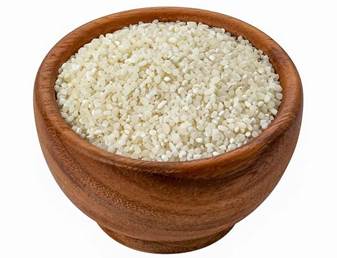Free Courses Sale ends Soon, Get It Now


Free Courses Sale ends Soon, Get It Now



Disclaimer: Copyright infringement not intended.
Context
Broken Rice
Recent ban
India bans broken rice export; 20% duty on other grades (downtoearth.org.in)
© 2024 iasgyan. All right reserved